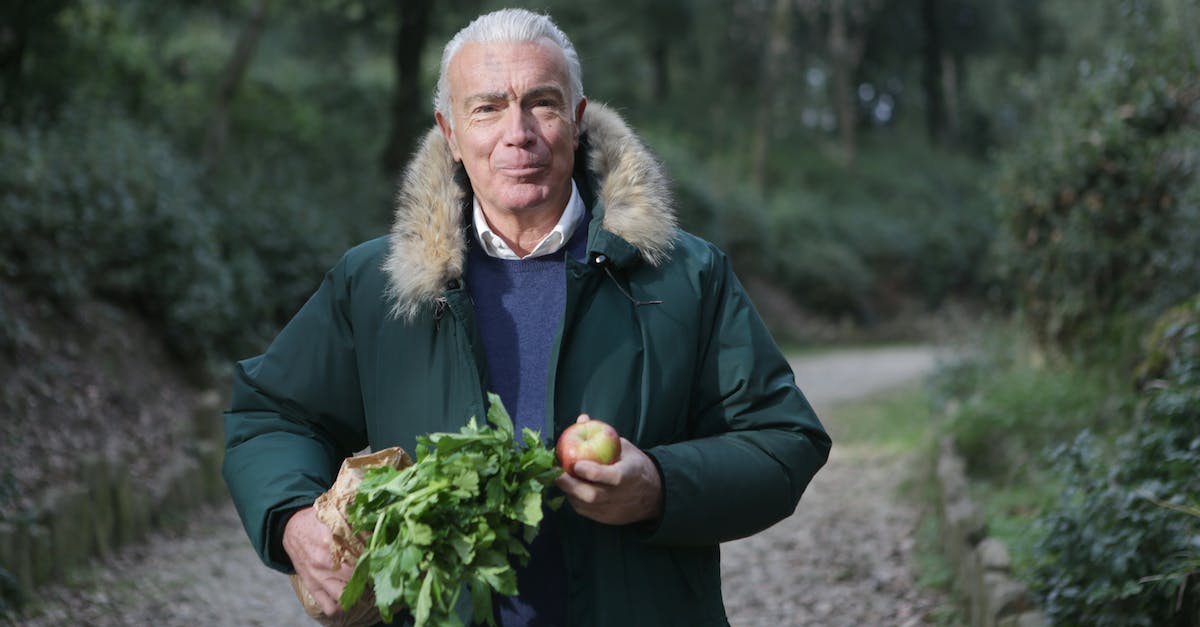Key Takeaways
- Select a jasmine variety based on climate, purpose, and space availability.
- Plant jasmine in a location that receives at least 6 hours of sunlight daily and has well-draining soil.
- Prepare the soil by ensuring it is well-draining, testing pH levels, and adding organic matter like compost for fertility.
- Follow step-by-step planting guidelines including choosing the right location, digging the hole, planting the jasmine, watering, and mulching.
- Care for your jasmine plant by watering evenly, fertilizing during the growing season, pruning after blooming, providing support for vining types, monitoring pests and diseases.
- Seek additional detailed guidance on jasmine planting and care from reputable sources like Gardening Know How or local gardening centers.

Choosing the Right Jasmine Variety
When selecting a jasmine variety, consider the following factors:
- Climate: Check if the jasmine variety is suitable for your climate.
- Purpose: Determine if you want jasmine for its fragrance or ornamental value.
- Space: Consider the space available for planting jasmine.
For warm climates, Tropical Jasmine is an excellent choice, while Winter Jasmine thrives in cooler regions. If you’re after fragrance, Common Jasmine is a popular option.
Ensure you choose a jasmine variety that suits your specific needs and climate for a successful garden. If you need more guidance, you can check out this helpful guide on jasmine varieties for further information.
Selecting the Perfect Planting Location
When choosing where to plant jasmine, consider sunlight and soil drainage. Jasmine loves full sun and well-draining soil. Make sure the area gets at least 6 hours of sunlight daily. Avoid waterlogged spots to prevent root rot.
Check the hardiness zone for your area to ensure it matches the jasmine variety you choose. You can find this information on the USDA Plant Hardiness Zone Map.
To learn more about plant hardiness zones, visit the USDA Plant Hardiness Zone Map.

Preparing the Soil for Jasmine Planting
When preparing the soil for planting jasmine, we should aim for a well-draining environment. This ensures that excess water doesn’t accumulate around the roots, preventing rot. Adding organic matter like compost can improve soil structure and fertility, aiding in healthy jasmine growth. Mixing in some sand can also enhance drainage.
Before planting, it’s beneficial to test the soil’s pH levels to ensure it’s suitable for jasmine. The ideal pH range for jasmine is 6.0 to 7.5. Adjusting the pH if needed can help the plant thrive. If uncertain about the soil composition or pH, reaching out to local extension services or gardening centers for advice can be valuable. Testing kits are also available for DIY assessments.
Planting Jasmine Step-by-Step
Let’s jump into the process of planting jasmine in your garden. Follow these simple steps to ensure your jasmine thrives:
- Choose a suitable location: Find a spot with well-drained soil and ample sunlight.
- Dig the hole: Make sure it’s twice as wide but not deeper than the root ball.
- Gently remove the jasmine from the container and loosen the roots.
- Place the plant in the hole and backfill with soil, pressing down gently.
- Water thoroughly after planting to help the roots settle.
- Mulch around the base of the plant to retain moisture and suppress weeds.
For more detailed planting instructions, check out this helpful guide on gardeningknowhow.com or consult your local gardening center for personalized advice.

Caring for Your Jasmine Plant
Let’s discuss how to care for your jasmine plant:
- Watering: Keep the soil evenly moist but not waterlogged.
- Fertilizing: Feed your jasmine plant with a balanced fertilizer during the growing season.
- Pruning: Trim after blooming to maintain shape and encourage new growth.
- Support: Provide a trellis or support for vining types to climb.
- Pests: Keep an eye out for aphids and scale – handle promptly.
- Diseases: Watch for fungal issues like powdery mildew – treat early.
For more detailed care instructions, refer to Gardening Know How or reach out to your local gardening center.
